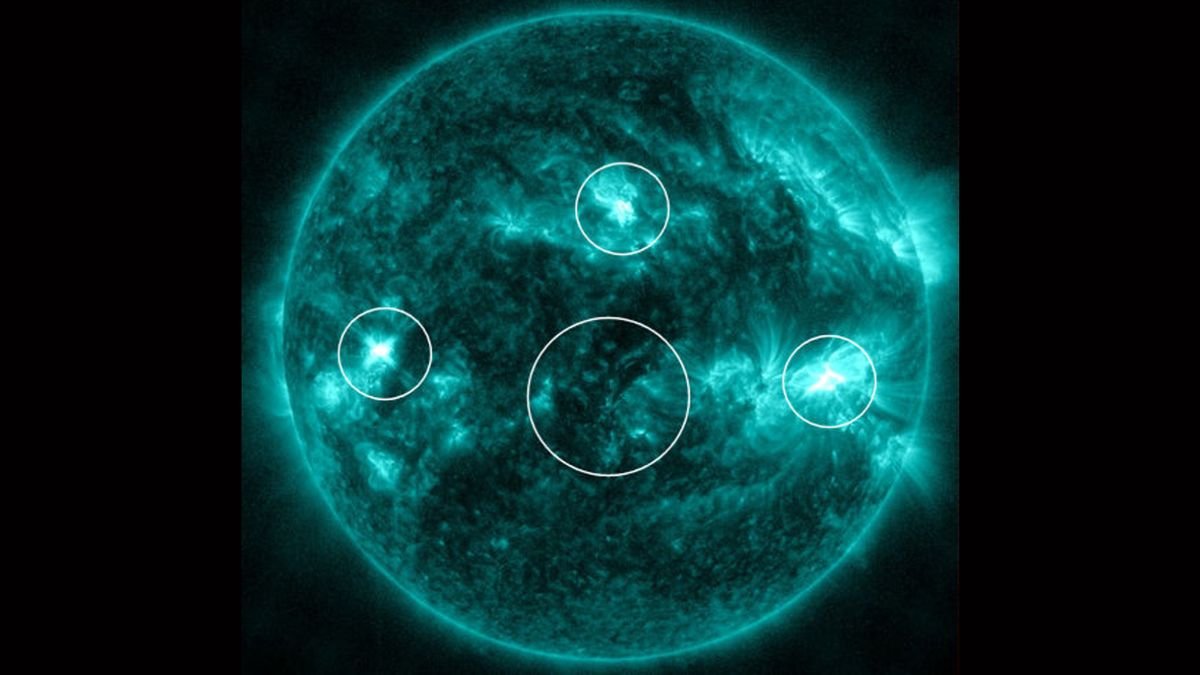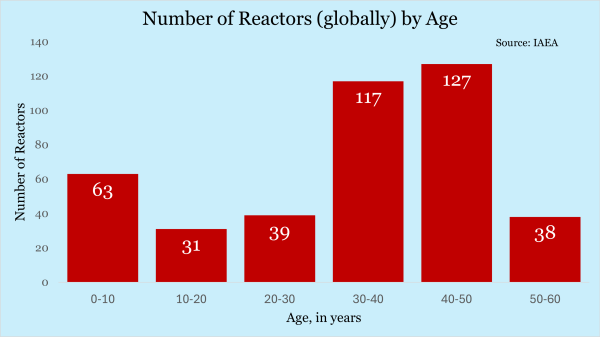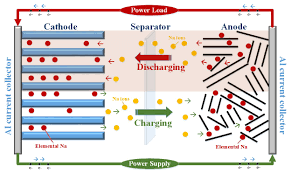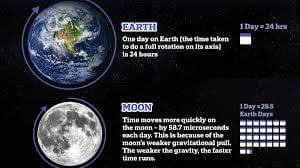
Inconsistencies in GSLV Rockets
Subscribers of "Current Affairs" course can Download Daily Current Affairs in PDF/DOC
Subscribe to Never Miss an Important Update! Assured Discounts on New Products!
Must Join PMF IAS Telegram Channel & PMF IAS History Telegram Channel
- Context (IE): The INSAT-3DS satellite was launched into the geostationary orbit using the GSLV-F14 rocket.
- GSLV is one of ISRO’s main rockets, alongside PSLV and LVM3 (formerly GSLV-MkIII).
- GSLV has been nicknamed the naughty boy due to its inconsistent performance.
- GSLV had flown 15 times before this, and four of these had been unsuccessful, a very high failure rate for any rocket.
- PSLV, the rocket that ISRO has used the maximum number of times, has failed only twice in its 60 launches, including the first time it was tried way back in 1993.
- The LVM3 rocket has flown seven times and never failed.
- Reasons for the inconsistent performance of GSLV
- Its problems have mainly been with the cryogenic engine that powers the third and final stage of the flight.
- The GSLV uses a cryogenic engine that is reverse engineered on a Russian design.
- It is this reverse-engineered engine that has caused a few headaches for ISRO.
Cryogenics
- Cryogenics is the science relating to the behaviour of materials at very low temperatures.
- Cryogenic engines use liquid hydrogen as the main fuel.
- Hydrogen is very difficult to handle in its natural gaseous form but manageable in a liquid state.
- However, it liquifies only at very low temperatures, nearly 250 degrees Celsius below zero.
- The oxygen that is needed to burn this fuel also needs to be in liquid form. Oxygen is in liquid state at about 90 degrees Celsius below zero.
How did India acquire Cryogenic technology?
- In the late 1980s, Russia secured a deal to supply cryogenic engines and technology to ISRO.
- However, the deal faced pressure from the United States, which accused it of violating the Missile Technology Control Regime.
- As a result, the deal was cancelled, and Russia couldn’t transfer the technology.
- India utilised a few supplied cryogenic engines and later attempted to reverse-engineer the technology for GSLV rockets.
- These reverse-engineered rockets are used in GSLV rockets.
India’s Indigenous cryogenic technology
- India has successfully developed its cryogenic engine through extensive research.
- This engine, entirely designed within ISRO, uses a distinct process to burn fuel and is like the designs of Arianne rockets.
- The indigenously developed cryogenic engine powers LVM3, which was used for the Chandrayaan-2 and Chandrayaan-3 missions.
- ISRO scientists exhibit a strong command over this domestically developed technology.
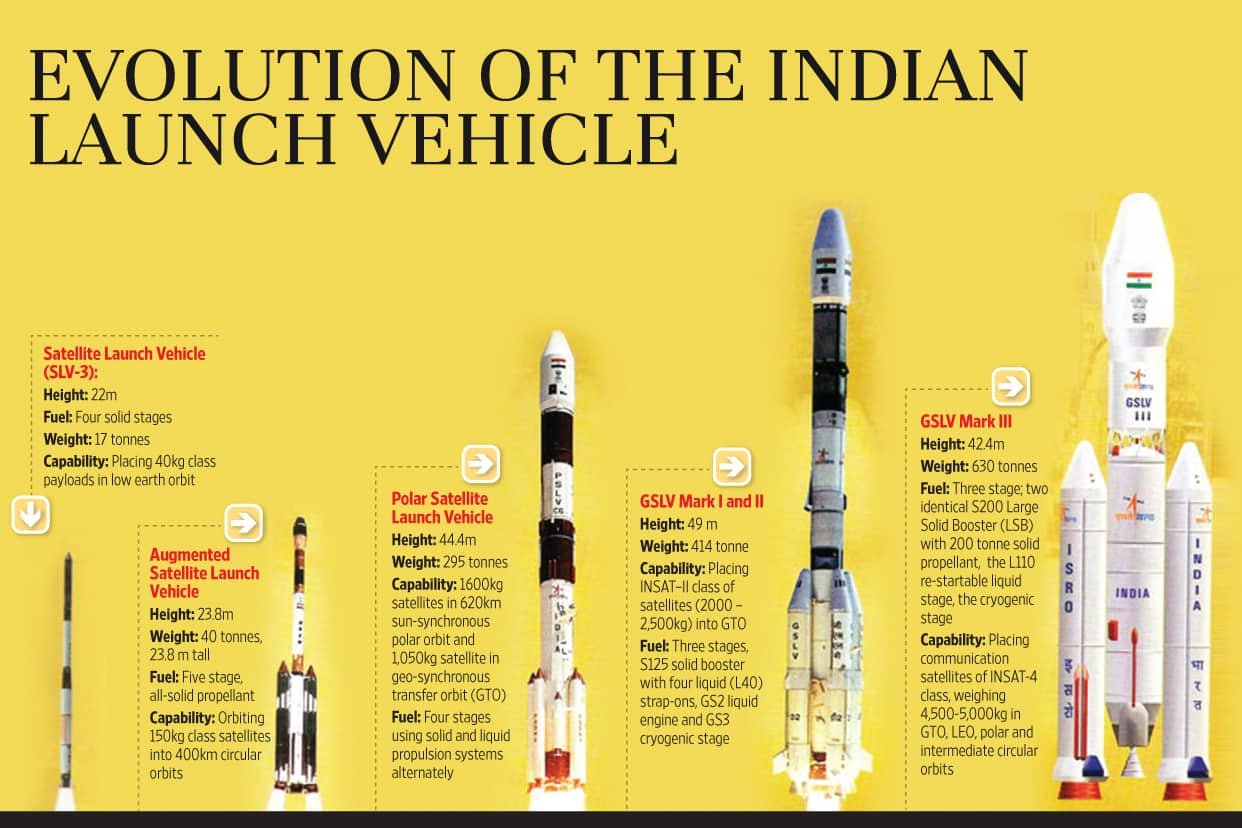
|
To know more about Types of orbits, visit > Type of orbits




![PMF IAS Environment for UPSC 2022-23 [paperback] PMF IAS [Nov 30, 2021]…](https://pmfias.b-cdn.net/wp-content/uploads/2024/04/pmfiasenvironmentforupsc2022-23paperbackpmfiasnov302021.jpg)
